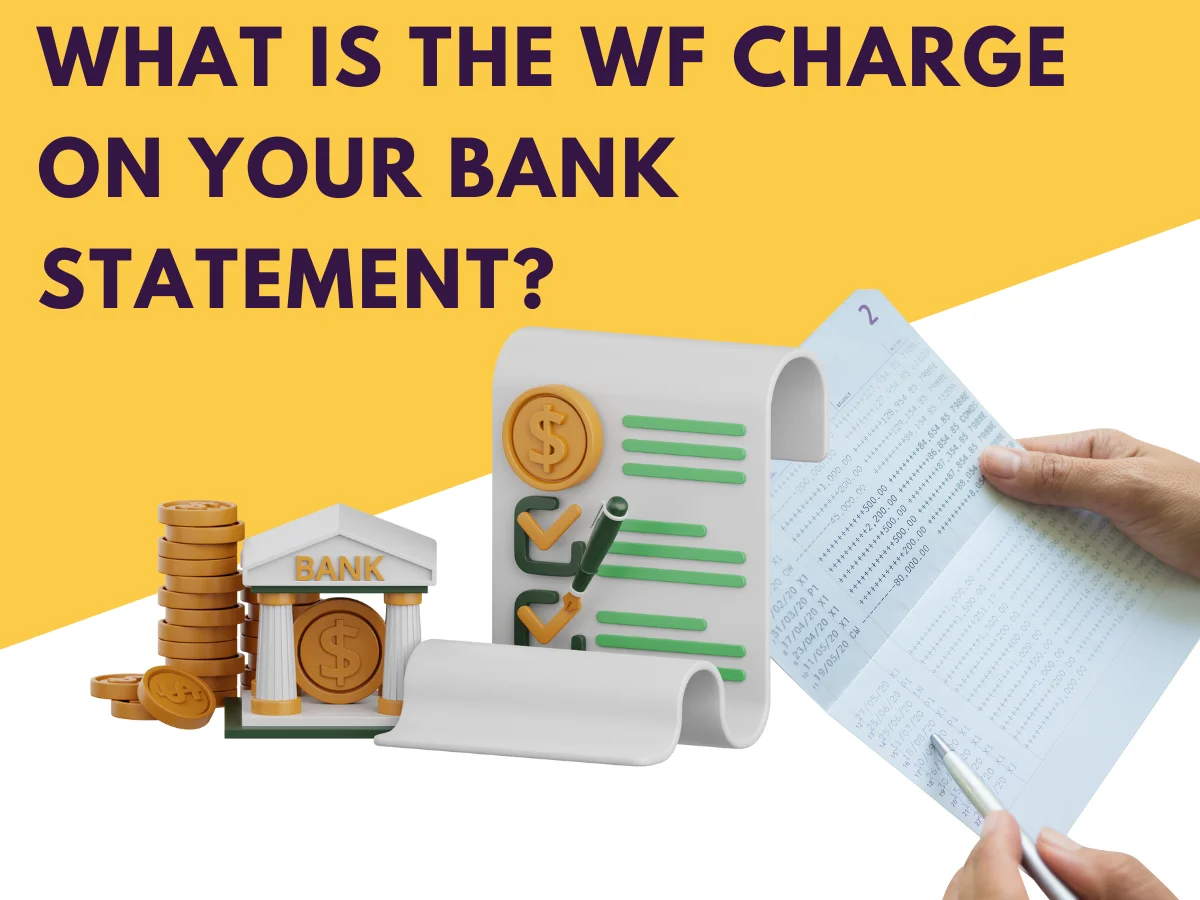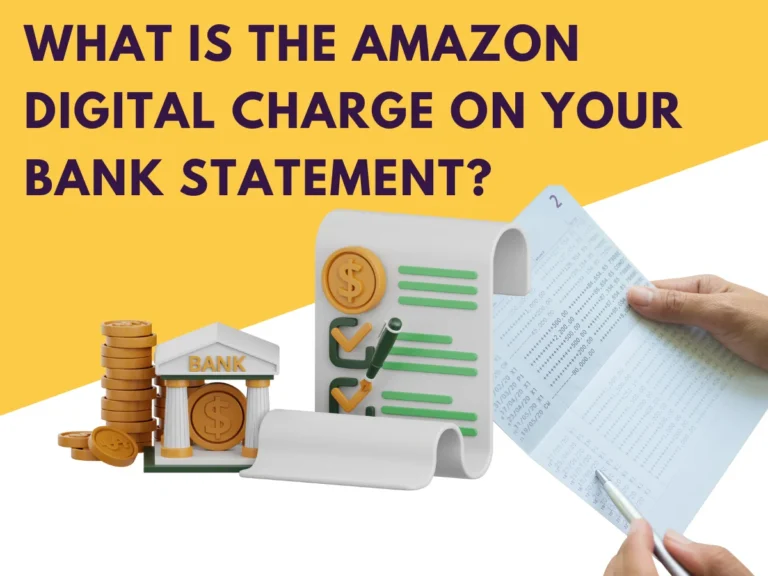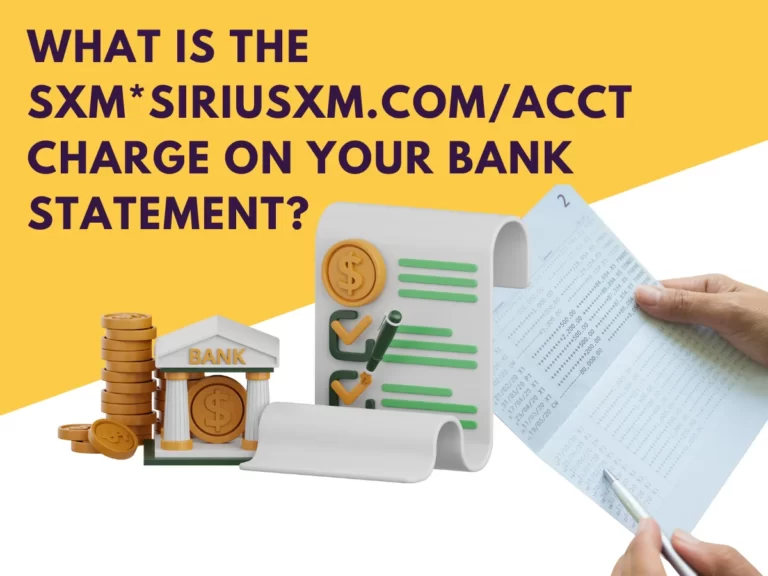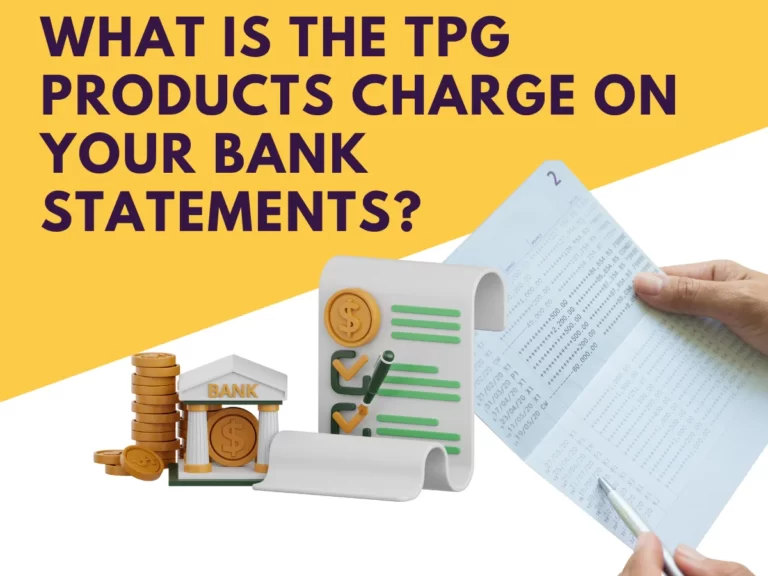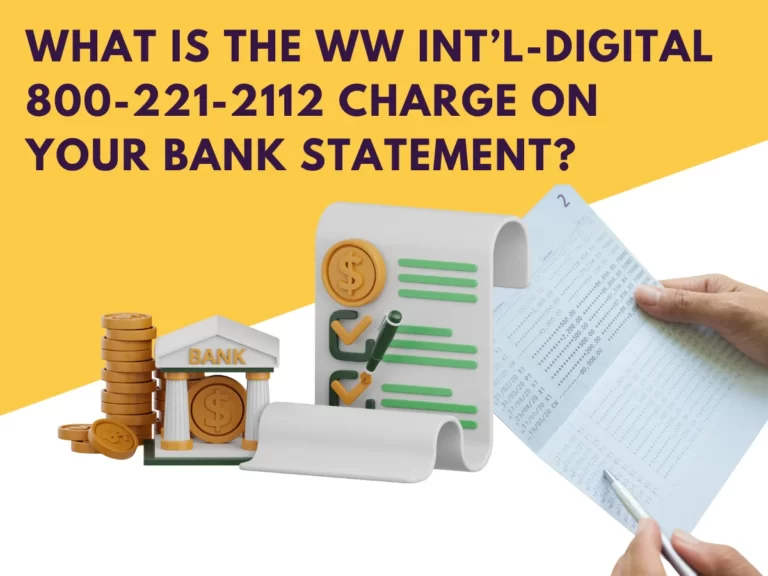What Is the WF Charge on Your Bank Statement?
Have you ever glanced at your bank statement and spotted a puzzling charge labeled “WF”? If so, you’re not alone. Many Wells Fargo customers encounter these enigmatic charges on their bank statements, often leaving them scratching their heads in confusion. In this comprehensive guide, we’ll delve into the intricacies of WF charges, shedding light on what they represent, why they occur, and how you can navigate them effectively.
What Does WF Stand for in Banking?
First things first, let’s unravel the mystery behind the acronym “WF.” In the realm of banking, WF commonly refers to Wells Fargo, one of the largest and most renowned financial institutions in the United States. With a rich history spanning over a century, Wells Fargo has earned a stellar reputation for its wide array of banking products and services.
What Is WF on My Credit Card Statement?
If you’ve noticed WF charges on your credit card statement, you might be wondering what they signify. Essentially, these charges represent various fees or costs incurred on your account by Wells Fargo. As a Wells Fargo customer, you may encounter these charges for a multitude of reasons, each linked to different banking activities or services provided by the bank.
Also read OSPC Tucker Charge on Bank Statement.
Understanding the WF Bank Charge:
The WF bank charge encompasses a diverse range of fees that Wells Fargo may impose on its customers. One prevalent type of WF charge is the account maintenance fee, which banks often levy to cover the costs associated with managing and servicing your account. These fees are typically assessed regularly, such as monthly or annually, and can vary depending on the type of account you hold.
In addition to account maintenance fees, you might also come across WF charges related to transaction fees. These fees can arise from actions such as making transfers between accounts, using non-Wells Fargo ATMs, or conducting international transactions. Wells Fargo imposes these charges to offset the expenses incurred in processing these transactions on your behalf.
How to Identify WF Charges on Your Statement:
Spotting WF charges amidst the sea of transactions on your bank statement can be akin to finding a needle in a haystack. However, you can swiftly pinpoint them by familiarizing yourself with common transaction descriptions associated with WF charges. Here’s a breakdown of various transactions that might reflect WF charges on your statement:
- Monthly Account Maintenance Fee
- Non-WF ATM Fee
- Overdraft Fee
- Monthly Service Charge
- International Transaction Fee
- Wire Transfer Fee
- Returned Deposit Item Fee
- Stop Payment Fee
- Excess Transaction Fee (for savings accounts)
- Check Printing Fee
- Card Replacement Fee
- Account Research Fee
- Outgoing Domestic Wire Fee
- Incoming Wire Fee
- Early Account Closure Fee
To safeguard yourself against unexpected WF charges, consider implementing the following proactive measures:
Preventing Unknown WF Bank Charges
- Review your account’s terms and conditions regularly:
Take the time to thoroughly review the terms and conditions of your Wells Fargo account. By familiarizing yourself with the fee structures and account policies, you can better understand what charges to expect and how to avoid them. Set aside some time periodically to check for any updates or changes in these terms and conditions, as financial institutions may revise their policies over time.
- Maintain the minimum balance required to waive maintenance fees:
Many Wells Fargo accounts have a minimum balance requirement to waive monthly maintenance fees. By ensuring that your account maintains this minimum balance, you can avoid being charged for account maintenance. Check your account agreement to determine the specific minimum balance required and make it a priority to keep your account above this threshold.
- Opt for Wells Fargo-affiliated ATMs to avoid non-WF ATM fees:
Using ATMs that are not affiliated with Wells Fargo may result in additional fees charged by both the ATM owner and Wells Fargo. To minimize these expenses, make an effort to withdraw cash from Wells Fargo-affiliated ATMs whenever possible. Utilize the Wells Fargo mobile app or website to locate nearby ATMs that are part of the Wells Fargo network.
- Monitor your account balance diligently to prevent overdrafts:
Overdraft fees can quickly accumulate if you accidentally spend more money than is available in your account. To prevent overdrafts and the associated charges, regularly monitor your account balance and track your spending. Consider setting up balance alerts through the Wells Fargo mobile app or online banking platform to receive notifications when your account balance falls below a certain threshold.
- Limit international transactions or opt for fee-free alternatives:
International transactions often incur additional fees, including currency conversion fees and foreign transaction fees. To avoid these charges, consider limiting your international transactions or exploring fee-free alternatives, such as using a Wells Fargo debit or credit card that offers no foreign transaction fees. Before traveling abroad or making international purchases, inquire about any potential fees associated with your Wells Fargo account.
By implementing these proactive measures, you can minimize the risk of encountering unknown WF bank charges and maintain better control over your finances. Remember to stay informed about your account’s terms and conditions, monitor your account activity regularly, and explore cost-effective alternatives to mitigate unnecessary expenses. Taking a proactive approach to managing your finances can help you avoid surprises and ensure a smoother banking experience with Wells Fargo.
Conclusion
In conclusion, understanding WF charges on your bank statement is essential for maintaining financial clarity and minimizing unwarranted expenses. By familiarizing yourself with the nature of these charges, identifying them accurately, and implementing preventive measures, you can navigate your banking experience with confidence and ease. Remember, proactive vigilance is key to ensuring a smooth and hassle-free banking journey with Wells Fargo.
